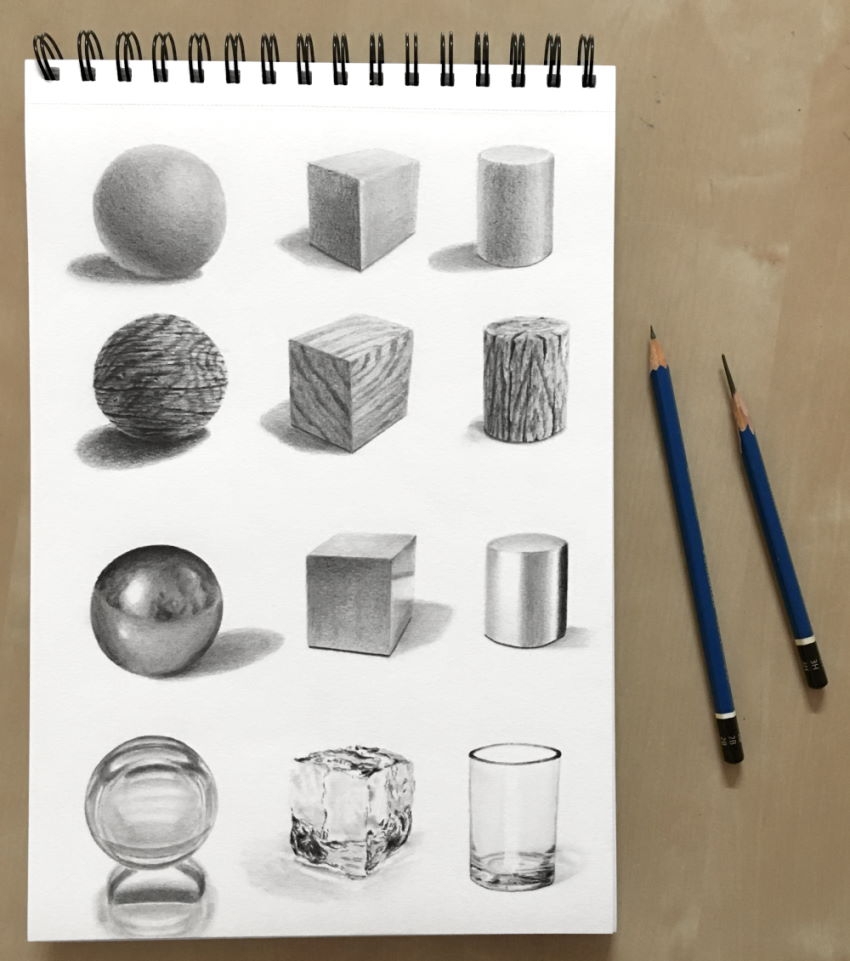Creating a realistic brushed metal effect in your drawings can add depth and texture to your artwork. Shading is an important technique to master when trying to achieve this effect. By understanding how light interacts with metal surfaces, you can create a convincing brushed metal look in your drawings.
Brushed metal has a distinct texture that is created by scratching the surface of the metal with fine lines in a single direction. When shading a brushed metal drawing, it is important to pay attention to the direction of the lines and how they interact with light to create the illusion of depth and texture.
1. Start with a Base Shade: Begin by shading the entire metal surface with a base shade that is slightly darker than the highlight areas. This will create a foundation for adding texture and depth to the drawing.
2. Add Directional Lines: Use a fine pencil or shading tool to add directional lines to the metal surface. These lines should follow the direction of the brushing on the metal. Pay attention to the spacing and thickness of the lines to create a realistic brushed metal effect.
3. Create Highlights and Shadows: To add depth to the drawing, create highlights and shadows on the metal surface. The highlights should be concentrated on the raised areas of the metal, while the shadows should be in the recessed areas. Use a blending tool to smooth out the transitions between light and dark areas.
4. Blend and Refine: Blend the shading and directional lines together to create a seamless transition between the different elements of the drawing. Use a blending stump or soft brush to soften harsh lines and create a more realistic brushed metal effect.
5. Add Final Details: To finish off your brushed metal drawing, add any final details such as reflections, dents, or scratches to enhance the realism of the piece. Pay attention to the overall composition and balance of the drawing to create a polished final result.
In conclusion, shading is a crucial element in creating a convincing brushed metal effect in your drawings. By paying attention to the direction of lines, highlights, and shadows, you can achieve a realistic and textured metal surface. Practice and experimentation are key to mastering this technique and creating stunning brushed metal artwork.
